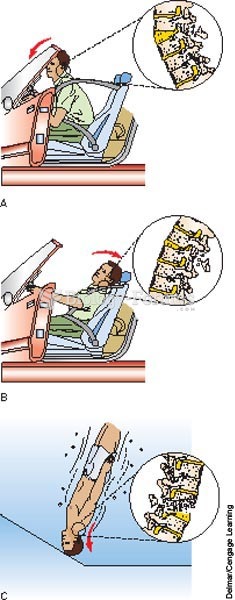|
|
|
It is difficult to obtain enough calcium without consuming milk or other dairy foods.
The longest a person has survived after a heart transplant is 24 years.
Nearly 31 million adults in America have a total cholesterol level that is more than 240 mg per dL.
Children with strabismus (crossed eyes) can be treated. They are not able to outgrow this condition on their own, but with help, it can be more easily corrected at a younger age. It is important for infants to have eye examinations as early as possible in their development and then another at age 2 years.
Bisphosphonates were first developed in the nineteenth century. They were first investigated for use in disorders of bone metabolism in the 1960s. They are now used clinically for the treatment of osteoporosis, Paget's disease, bone metastasis, multiple myeloma, and other conditions that feature bone fragility.







